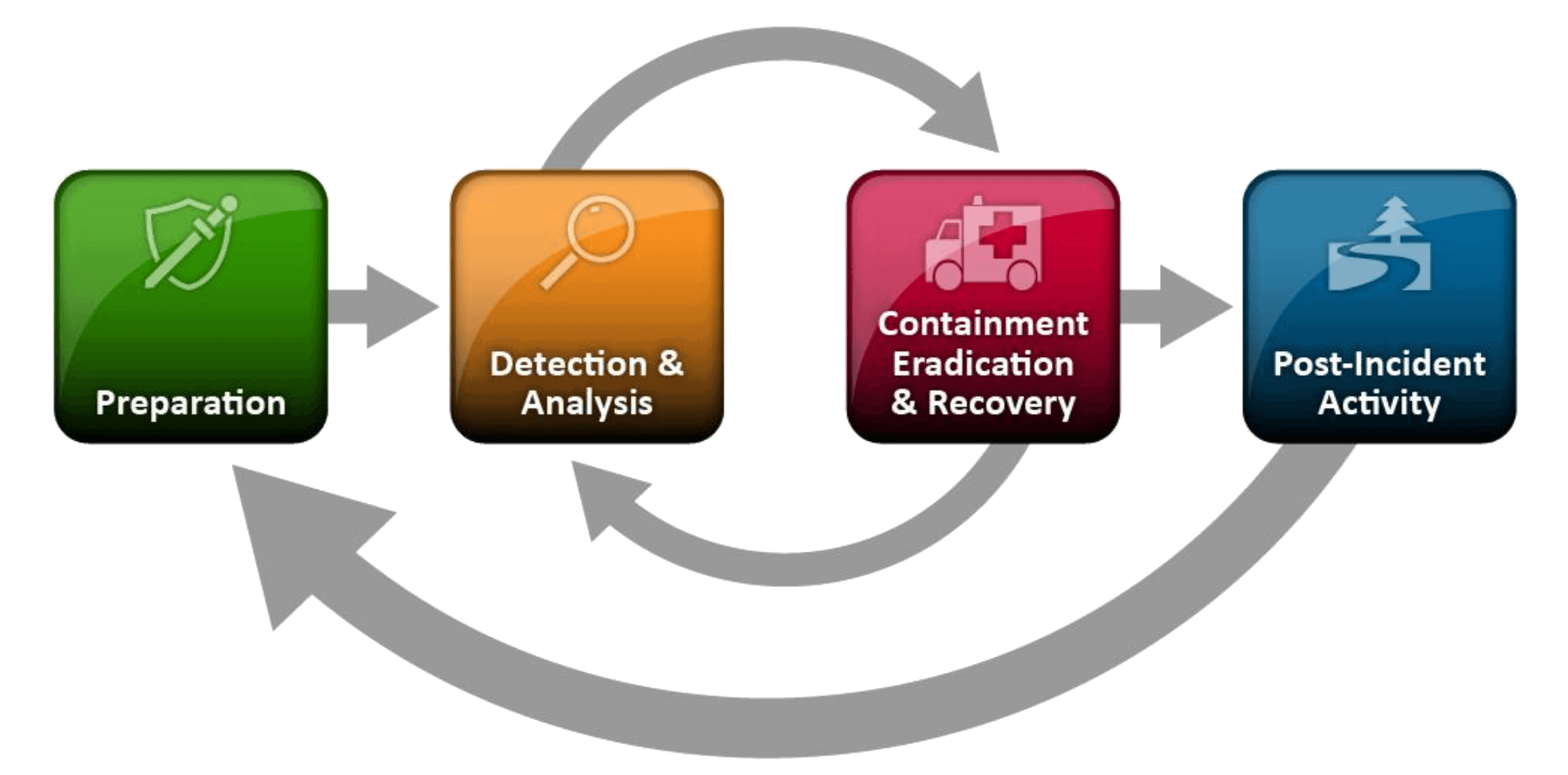1. Introduction
As business increases the use of digital information systems, new risks and threats arise. The information age brings newer opportunities and markets, lowered costs, and easier customer and vendor relationship improvements. However, it also presents new issues and menaces. That is why, in information security, one of the critical processes is incident and event management.
In this tutorial, we’ll check out the main concepts of this process. We’ll review the tools we may have to deal with this critical part of our information security toolset.
2. Core Definitions
According to the NIST, in information security, an Information Security Incident is:
“An occurrence that actually or potentially jeopardizes the confidentiality, integrity, or availability of an information system or the information the system processes, stores, or transmits or that constitutes a violation or imminent threat of violation of security policies, security procedures, or acceptable use policies”.
Also, an Event is any occurrence or change in a set of circumstances. An event may or may not be related to incidents. Regardless, events must be made known and acknowledged.
So, Information Security Incident and Event Management (SIEM) is the process that will manage any incident or event. It seems simple enough, but it is far from it. This process, usually implemented with the help of SIEM-specialized software, encompasses at least:
- Log management: all relevant devices and systems logs should be gathered, analyzed, and saved in a comprehensive manner
- Event identification and correlation: with the massive data from the log collectors, data is analyzed to identify patterns and relationships that may be signs of potential threats
- Incident monitoring and response: incidents from various sources, including events with potential threats, must be cared for. That includes alerts, mitigation, auditing, and reporting
3. Incident Lifecycle
Once again, we’ll refer to the NIST. This Institute proposed an Incident Handling Lifecycle that brings a good light on how we may respond to information security incidents:

According to the NIST, a proper incident addressing may include
- Preparation: includes incident handling readiness (tools, personnel, procedures, …), and incident prevention
- Detection & analysis: properly detect and identify any incident. Once an incident is detected, we engage its documentation and communicate it to the stakeholders
- Containment, eradication & recovery: for any incident, we must take measures to contain it to avoid further damage; then we may look for damage we may have to fix, recovering systems and data
- Post-incident activity: after the incident has ended, we can analyze improvements, both to incident handling and prevention
4. SIEM Software
The term SIEM may refer to the incident management discipline and the software toolset to do that. A full SIEM software suite should be able to cover all incident lifecycle phases. And that is not an easy task.
Major corporations may have tens to hundreds of thousands of active elements in their information systems infrastructures. Their activities must be logged and analyzed to ensure that incidents are detected. In many cases, just some raw log lines are not enough to trigger attention. In those environments, we may see several millions of daily log entries.
In any case, SIEM software will have at least the following roles:
- Collectors to receive or scan for audit records from other equipment and software. They must support multiple source types (SQL, text files, Syslog, Event Monitor, and so on). Also, we may have as many as we need to afford the load
- Aggregators to consolidate similar log registries and prepare them for further analysis using normalization techniques
- Correlators to identify related events according to any set of rules we may need. For instance, we may correlate VPN access credentials with any logons during its session.
- Automation engines, that will act on certain events or incidents. We can, for example, drop a VPN session that uses distinct user accounts in different systems or send emails whenever a domain administrator logs remotely
- Real-time incident and event monitoring and reporting
- Incident handling workflow
- Forensics analysis and evidence documentation
That set of functions differentiates it from IDS/IPS Software, also important tools in the security environment. They are, in fact, complementary since they must send their audit logs to the SIEM software.
5. Choosing and Deploying SIEM Software
There are a lot of software SIEM solutions, such as Splunk Enterprise Security, Alienvault OSSIM, Elastic SIEM, Wazuh, FortiNet FortiSiem, Exabeam, IBM QRadar SIEM, LogRhythm, RSA Netwitness. Selecting the best for our case, however, depends on several factors, to name a few:
- Size of the infrastructure and what elements are to be integrated
- Cloud or on-premises
- Analysis objectives
- Regulatory and legal compliance requirements
- Support level needed
- Budget
- Integration API
As we can imagine, deploying a SIEM involves a lot of work. We must ensure that it receives the audit events of the majority or entirety of network elements and major business systems. Moreover, even though the tools come with a comprehensive set of rules, we must devise detection, correlation, and automation rules that make sense to our business.
For instance, we can use SIEM to alert odd behavior on any system to ensure that those transactions are promptly monitored and analyzed.
Finally, we must create the incident policies and design its handling workflow procedures. Assigning roles to everyone involved. That includes not only the information security analysts but also business management, and legal and compliance staff, for instance.
6. Conclusion
In this tutorial, we discussed one of the key components to manage Information Security. The SIEM is a critical part of any cyber-security initiative and one of the main tools for security team operations‘. SIEM Software can monitor events, help manage incidents, and prevent damage and liability.